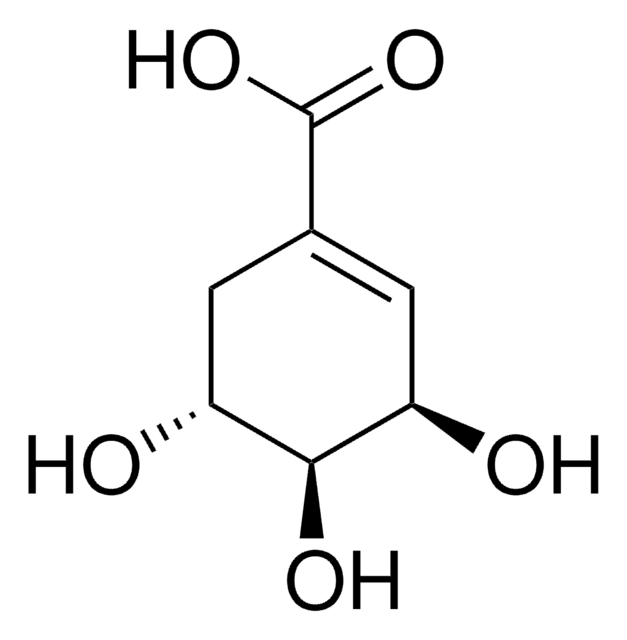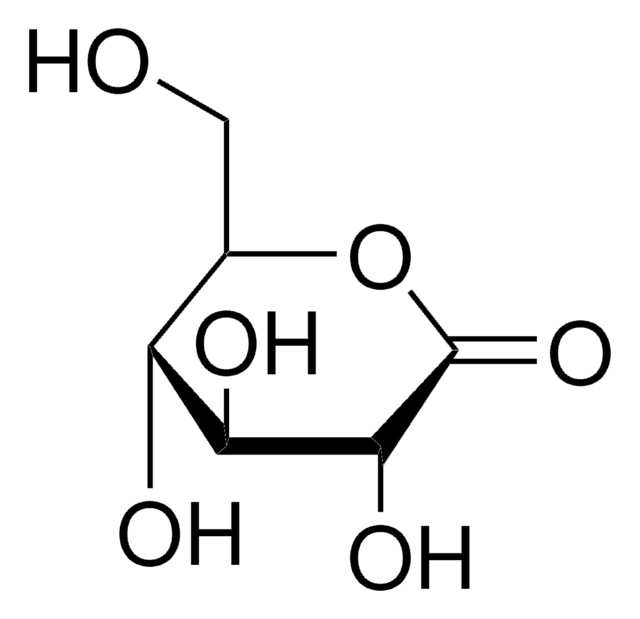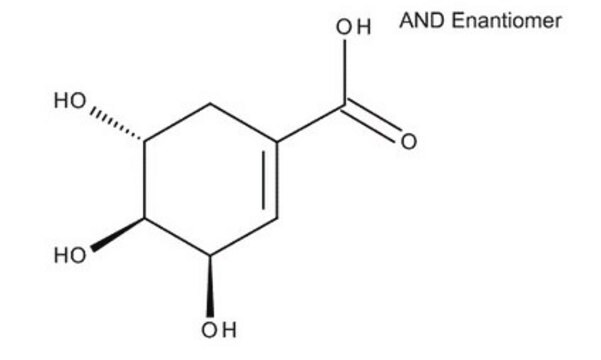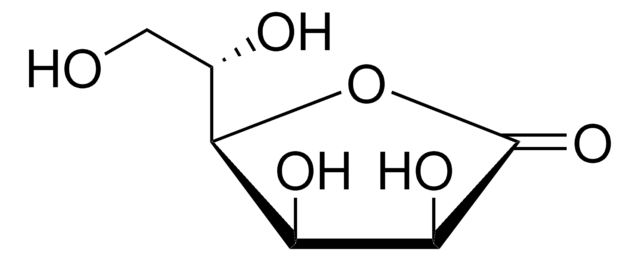Wszystkie zdjęcia(2)
Kluczowe dokumenty
260428
3-Ethoxy-1,2-propanediol
98%
Synonim(y):
3-Ethoxypropane-1,2-diol, Glycerol 1-ethyl ether
Zaloguj sięWyświetlanie cen organizacyjnych i kontraktowych
About This Item
Wzór liniowy:
C2H5OCH2CH(OH)CH2OH
Numer CAS:
Masa cząsteczkowa:
120.15
Numer WE:
Numer MDL:
Kod UNSPSC:
12162002
Identyfikator substancji w PubChem:
NACRES:
NA.23
Polecane produkty
Poziom jakości
Próba
98%
Formularz
liquid
współczynnik refrakcji
n20/D 1.441 (lit.)
bp
222 °C (lit.)
gęstość
1.063 g/mL at 25 °C (lit.)
ciąg SMILES
CCOCC(O)CO
InChI
1S/C5H12O3/c1-2-8-4-5(7)3-6/h5-7H,2-4H2,1H3
Klucz InChI
LOSWWGJGSSQDKH-UHFFFAOYSA-N
Szukasz podobnych produktów? Odwiedź Przewodnik dotyczący porównywania produktów
Powiązane kategorie
Opis ogólny
3-Ethoxy-1,2-propanediol (also known as glycerol α-ethyl ether) is primarily used as a solvent in various industries, including pharmaceuticals, cosmetics, and coatings. It can also be used as a substrate in the synthesis of cyclic phosphates for use in flame retardants.
Zastosowanie
3-Ethoxy-1,2-propanediol (EGE) can be used as a crosslinking agent in the development of poly(glycidol) hydrogels for use in various biomedical applications such as tissue engineering and drug delivery. It is also used as a potential component in a bio-based solvent system for dissolving or processing nitrocellulose.
3-Ethoxy-1,2-propanediol can be used as:
3-Ethoxy-1,2-propanediol can be used as:
- An analyte protector in gas chromatographic analysis of pesticides.
- An acceptor substrate in glycosylation reaction by sucrose phosphorylase.
Ta strona może zawierać tekst przetłumaczony maszynowo.
Hasło ostrzegawcze
Warning
Zwroty wskazujące rodzaj zagrożenia
Zwroty wskazujące środki ostrożności
Klasyfikacja zagrożeń
Skin Irrit. 2
Kod klasy składowania
10 - Combustible liquids
Klasa zagrożenia wodnego (WGK)
WGK 2
Środki ochrony indywidualnej
Eyeshields, Gloves, type ABEK (EN14387) respirator filter
Wybierz jedną z najnowszych wersji:
Masz już ten produkt?
Dokumenty związane z niedawno zakupionymi produktami zostały zamieszczone w Bibliotece dokumentów.
Klienci oglądali również te produkty
Lijun Han et al.
Journal of agricultural and food chemistry, 66(20), 4986-4996 (2017-11-15)
In this study, analytical results were compared when using different approaches to bulk food sample comminution, consisting of a vertical chopper (Blixer) at room temperature and dry ice cryogenic conditions, followed by further subsample processing (20 g) using liquid nitrogen
Lucia Ivorra et al.
Chemosphere, 235, 662-669 (2019-07-06)
Uptake and depuration kinetics of 4,4'-dichlorobenzophenone (main metabolite of dicofol) in the edible clam Meretrix meretrix were evaluated through a mesocosm experiment. M. meretrix was exposed to different dicofol concentrations (environmental concentration, D1 = 50 ng/L; supra-environmental concentration, D2 = 500 ng/L) for 15 days, followed by
Jian Du et al.
Scientific reports, 6, 38355-38355 (2016-12-08)
The presence of pesticides in human milk (HM) is of great concern due to the potential health effects for the breastfed infant. To determine the relationships between HM pesticides and infant growth and development, a longitudinal study was conducted. HM
Jian Du et al.
Chemosphere, 167, 247-254 (2016-10-12)
Persistent organic pollutants in human milk (HM) at high levels are considered to be detrimental to the breastfed infant. To determine the pesticide concentration in HM, a pilot cross-sectional study of 40 Western Australian (WA) women was carried out. Gas
Jimi Cho et al.
Food additives & contaminants. Part A, Chemistry, analysis, control, exposure & risk assessment, 33(12), 1803-1816 (2016-09-14)
The analysis of pesticides in food products requires accurate measurements for which standardised protocols have been developed. This paper reports the validation of QuEChERS (quick, easy, cheap, effective, rugged, and safe)-based methods applied to three different food samples (brown rice
Global Trade Item Number
| SKU | GTIN |
|---|---|
| 260428-1G | 4061838252760 |
Nasz zespół naukowców ma doświadczenie we wszystkich obszarach badań, w tym w naukach przyrodniczych, materiałoznawstwie, syntezie chemicznej, chromatografii, analityce i wielu innych dziedzinach.
Skontaktuj się z zespołem ds. pomocy technicznej






